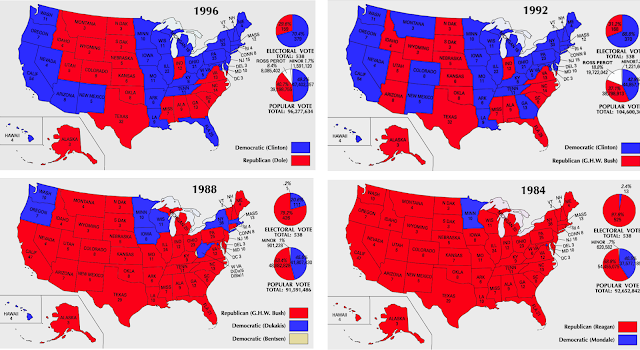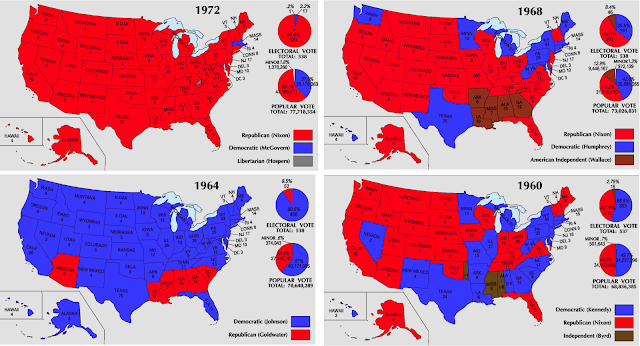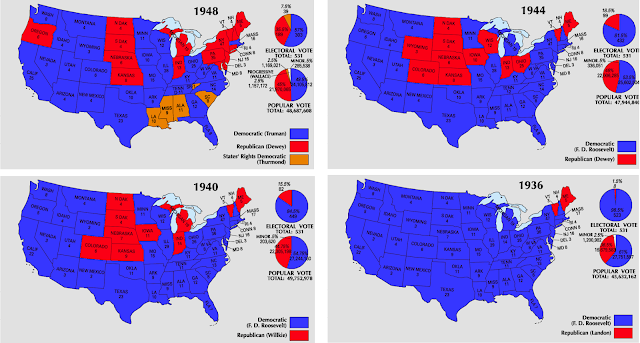Read each section below. Visit the link provided to you for that section and use the information you find to answer the questions that follow. Copy the questions and your answers to your own sheet of paper and title it "Introduction to the Judicial Branch: WebQuest."
A Court is Born!
What if there were only one court in the entire United States? Would that be enough? The Constitution of the United States created just one court: the Supreme Court. But you probably already know that today there are LOTS of courts. What happened?
Well, for one thing, each state has its own state court system. But somehow, a whole network of federal courts also came into existence...
Follow the link to see a transcript of the Constitution. Scroll down until you find Article III. Read the beginning of Section 1.
Link:
http://www.archives.gov/exhibits/charters/constitution_transcript.html
Question:
- According to the Constitution, who has the power to create federal courts that are below the Supreme Court?
- In the quote "The Judges, both of the supreme and inferior Courts, shall hold their Offices during good Behaviour, and shall, at stated Times, receive for their Services, a Compensation, which shall not be diminished during their Continuance in Office" what do you think the italicized phrase means?
- How does Article III compare to Articles I and II in terms of length? What do you think that means?
Authority of the Courts
If someone stole your smartphone, would you ask the United States Supreme Court for help? Probably not, because you probably already know the Supreme Court doesn't deal with small stuff like that. Different courts have authority to hear different kinds of cases. This authority is called the court's
jurisdiction.
In America, we have a system of federal courts and many systems of state courts. Not only that, there are several levels of courts inside each system! Each system -- federal and state -- has its own jurisdiction. But who has authority over what?
Follow the link to see which types of cases each system has the authority to hear.
Link:
http://www.uscourts.gov/about-federal-courts/court-role-and-structure/comparing-federal-state-courts
Question:
- According to the notes on the Federal Court System, Congress has established how many U.S. Courts of Appeals? How many U.S. District Courts?
- What is the difference between the way Federal and State judges are selected?
- List one type of case that federal courts have jurisdiction over, one type that state courts have jurisdiction over, and one type that BOTH court systems can hear.
State Court Systems
State court systems aren't too complicated. Each state has its own court system that is only to resolve problems in that state. Inside each state system, there are different levels of courts. Most cases start in a trial court. In many states, this is called a superior court. These courts deal with serious crimes and disputes over larger amounts of money or property.
It doesn't end there. A trial court's decision can be challenged in an appeals court. If the people involved still think a mistake was made, each state has a high court that can review decisions from an appeals court. The highest court in most states is called its Supreme Court.
But wait -- there's more! States often have a variety of lower courts that deal with small issues like traffic violations or disputes over small amounts of money. They can also have special courts that only deal with certain types of cases, such as juvenile courts, divorce courts, or "probate" courts that help distribute a person's stuff after they've died.
Follow the link and click on California on the map to see what it calls its courts!
Link:
http://www.pbs.org/now/politics/statecourtmap.html
Question:
- List the different tiers of courts in California.
- According to the map below, what Appellate Court district does San Diego fall into?
Federal District Courts
The federal court system is one, big court system for the entire United States. Only certain types of cases can be heard in federal court. Just like in state court systems, most federal cases start in a trial court.
Federal trial courts are called district courts. Why? Because the federal court system is divided into districts! Dividing it up keeps things organized by letting people know which district court they need to go to. (Usually, you go to the court in the district where your problem happened.)
There are 94 districts. That means 94 district courts! A district is either an entire state (the District of Wyoming) or part of a state (the Northern District of Georgia).
Follow the link to see a map of the United States federal court system. See how some states are divided by gray dashed lines? These lines show district boundaries. Some states are divided into regional districts and some are not.
Link:
http://www.uscourts.gov/about-federal-courts/federal-courts-public/court-website-links
Questions:
- Scroll down on the page and find the table that shows U.S. District Courts. How are the districts inside a state named?
- Is California divided into districts, or is it one big district?
- Use the map and other information on this page to help you complete this sentence: I live in the _____ District of _[your state]_. (If your state isn't divided into regions, you won't put anything in the first blank.)
Federal Courts of Appeals
Just like in state courts, there’s action you can take if you think the federal district court made the wrong decision in your case. So what do you do? Appeal! That means asking a higher court to review and change the decision.
To appeal a decision from a federal district court, you go to a federal Court of Appeals. Remember how
the country is divided into districts for trial courts? Well,
the country is divided into circuits for appellate courts. To appeal your case, you go to the Court of Appeals in the circuit where your district is located.
There are 13 circuits all together — 11 numbered circuits, plus the District of Columbia (D.C.) Circuit and a circuit called the Federal Circuit, which hears certain kinds of appeals from all over the country.
Follow the link to the same map you just looked at. This time, focus on the big numbers. See how different areas of the country are shaded different colors? Those are the circuits!
Link:
http://www.uscourts.gov/about-federal-courts/federal-courts-public/court-website-links
Question:
- Which circuit do you live in? (Hint: nobody lives in the Federal Circuit.)
The Highest Court in the Land
And you probably already know which one it is: The United States Supreme Court! This is where you go if you think the Court of Appeals made the wrong decision in your case. Or at least, you can TRY to take your case to the Supreme Court… The Supremes don’t have to take just any case. They get to pick and choose!
You can also appeal to the Supreme Court if you took your state case all the way to your state’s Supreme Court, and you think the wrong decision was made.
The
Supreme Court was created by the U.S. Constitution. It is the head of our entire judicial branch of government — both the state and federal systems! The
nine justices on the Court each had to be
nominated by a president (whoever was president at the time) and
approved by the Senate. Then they get to stay on the Court for life! Most Supreme Court Justices served on the federal Court of Appeals before being appointed to the Supreme Court.
Follow the link to see all the current justices. (At the bottom, you'll see justices who are retired but still living.)
Link:
http://www.supremecourt.gov/about/biographies.aspx
Questions:
- Who is the current Chief Justice? When did the Chief Justice join the court?
- Who has been on the court the longest? What year did that justice take his/her seat? For this, IGNORE any justices that have (Retired) by their names.
- Who is the newest justice? What year did he/she join the court?
- Based on the year each justice joined the court, determine which president nominated him/her.
- Which president nominated the longest serving member? Why might that be significant?
WebQuest adapted from iCivics (https://www.icivics.org/web-quests/courts-nutshell)







